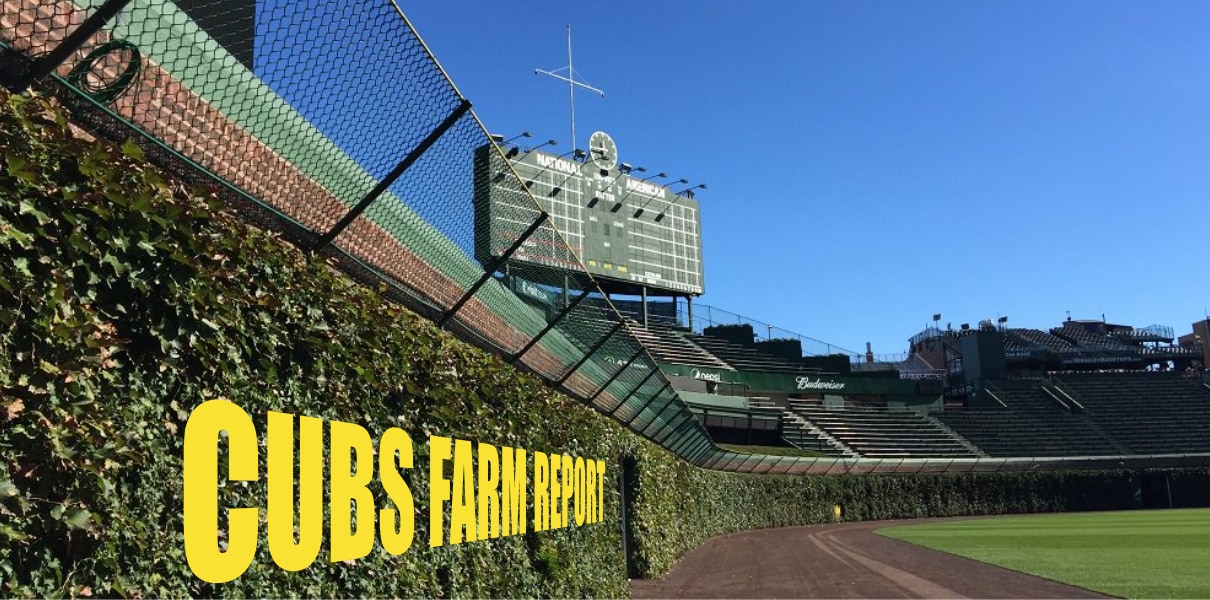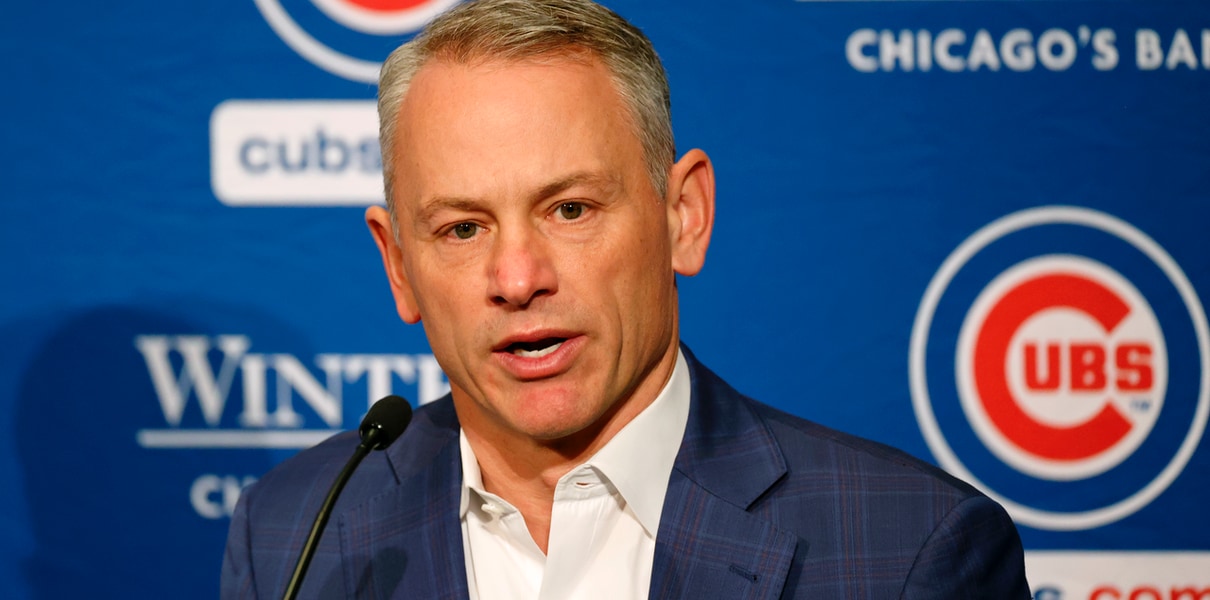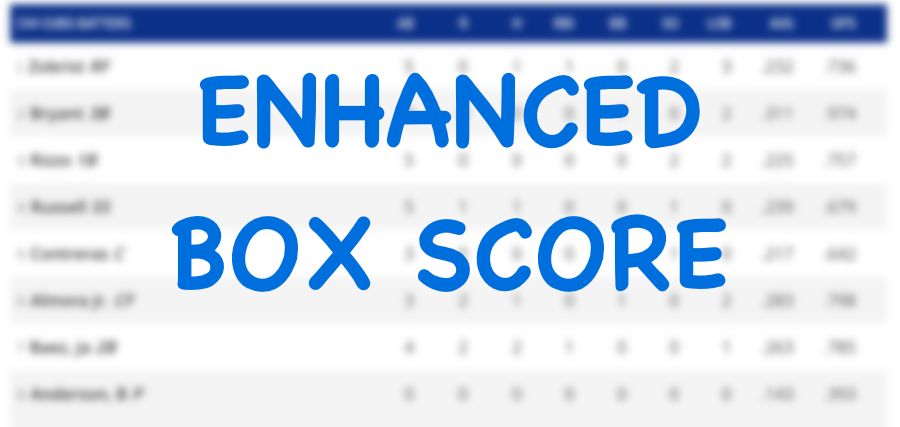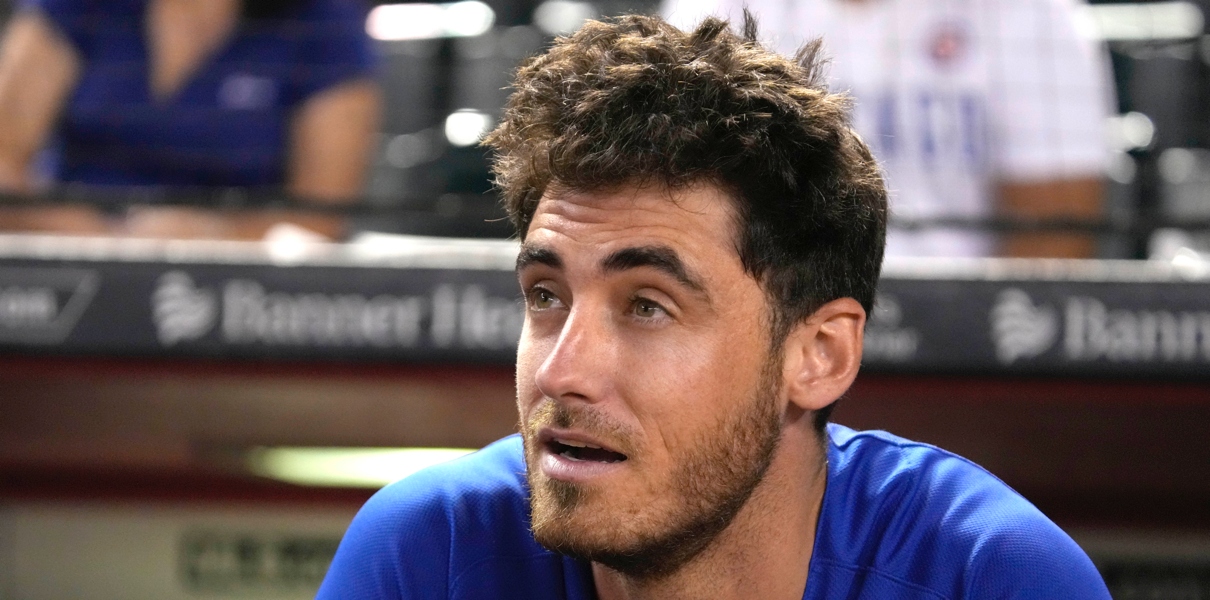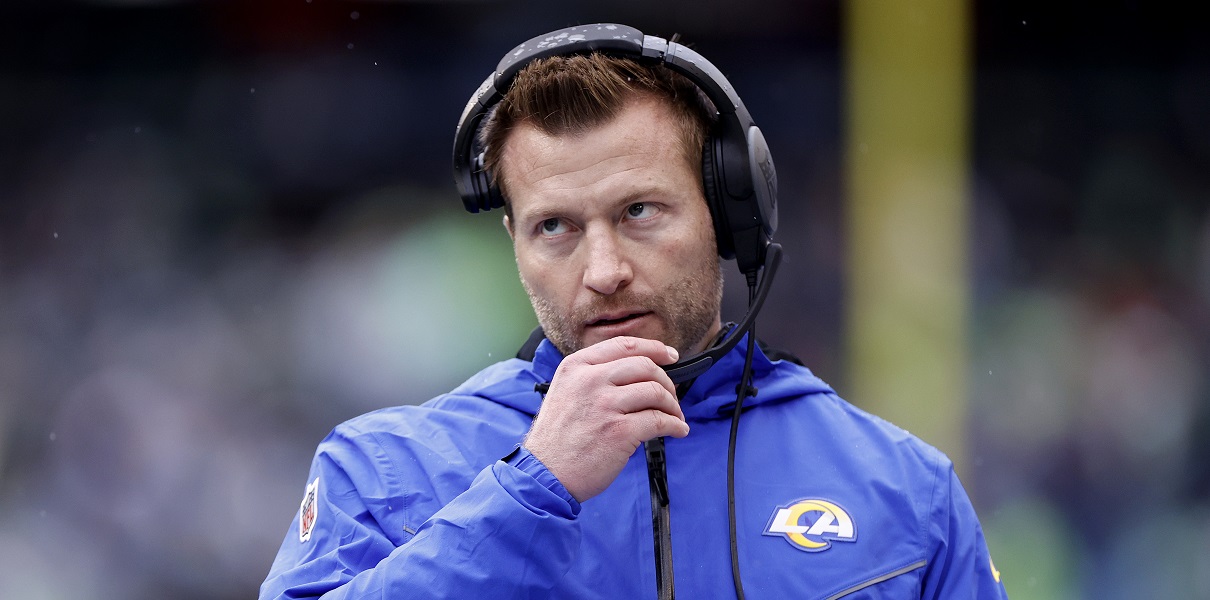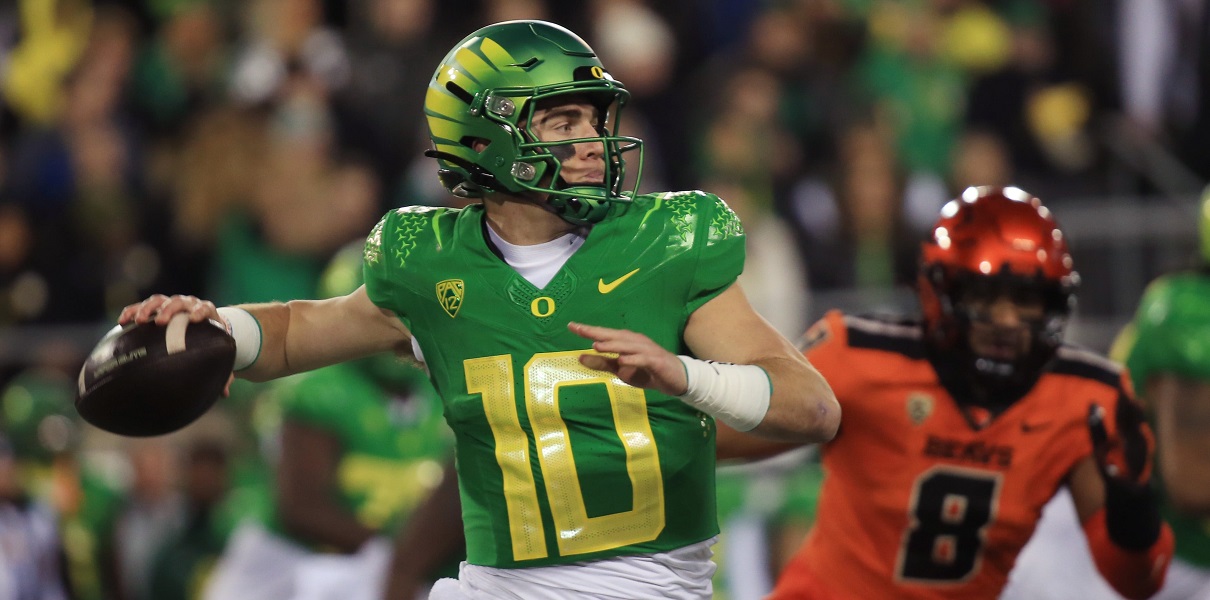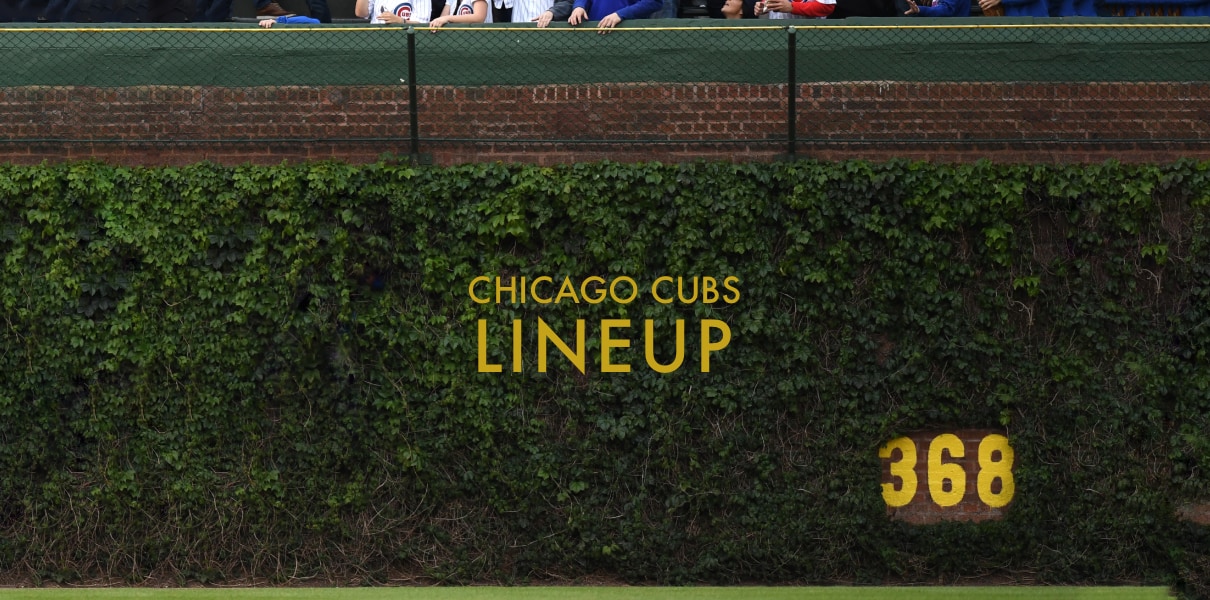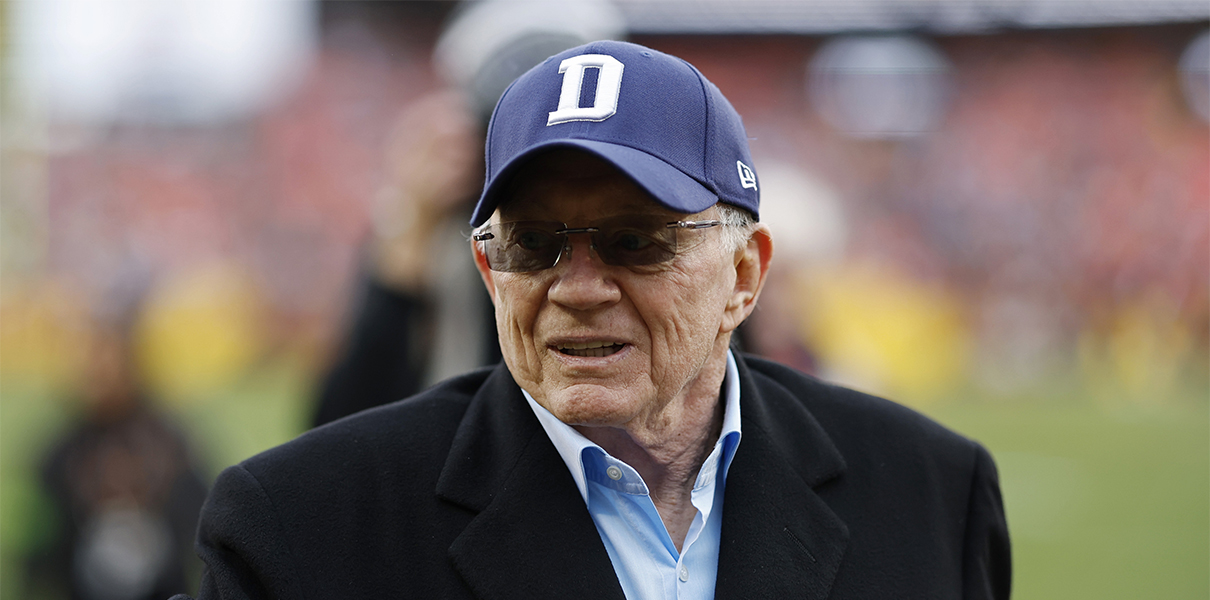On baseball’s highest, most visible stage, for two starts, Yu Darvish was absolutely battered. Given the Cubs’ time in the postseason the past three years, and the national narratives – good or bad – that develop on the basis of those games alone, we probably know as well as anyone how distorted the perspective can become on a player you don’t otherwise follow closely.
That is to say, even after watching Darvish get shelled for the second straight start in the World Series against the Astros, I was searching for explanations beyond “ooh, he stinks and can’t handle the pressure.” This was a guy who had just dominated the Cubs in the NLCS at Wrigley Field, after all. There’s certainly some pressure there, and he shrugged it off like he was taking a bases loaded walk. (Grumble.)
For the most part, all of those immediately-bandied-about explanations have held up in the months that followed. So this isn’t just a matter of getting all homer-tastic because Darvish signed with the Cubs – we, and other outside observers, thought these things long before Darvish even seemed like a legitimate possibility to sign with the Cubs. But, since I still hear the concerns about the World Series performances, including in yesterday’s press conference, I thought it was worth laying them all out in one place.

Taken together, I think all of these things are contributing factors to why Darvish got blown up twice in the World Series last fall:
Darvish was tipping his pitches. Although it’s not necessarily as simple as a guy clearly indicating every single pitch before he throws it, a guy will sometimes fall into bad habits that yield clues as to what pitch might be coming. For Darvish, a pitch-tipping issue came up as early as June against the Marlins, which was reported in the media, confirmed by Darvish, and immediately fixed. On the one hand, that might make you a little nervous that this is a “thing” with Darvish; on the other hand, it might just make you think that for a guy with his velocity and deep arsenal, tipped pitches might be all the more critical for batter success.
In any case, people theorized about the tipping pitches in the World Series right away, and an anonymous Astros hitter even confirmed that, yes, they could often tell by his re-gripping what was coming. As he did when the Marlins picked up on a different tell, Darvish can fairly easily correct this issue – and hopefully avoid tipping in the future. It’s kind of nice to know now that everyone on the Cubs (including eagle-eyed fans!) will be watching for this to help ameliorate it as quickly as possible if it ever develops.
Darvish’s slider was flat, possibly due to slick baseballs. This was another more controversial talking point about the starts, and in fact, was raised by pitchers throughout the World Series: the special balls used for the series were slicker than typical balls, yielding less spin and movement on their breaking pitches. For a guy who boasts one of the best sliders in baseball, having weakness there (and it did look flat throughout) could be devastating.
Darvish was not using his curveball, at the Dodgers’ request. Maybe there was a good reason to make the change, but Darvish’s former (and now current) catcher Chris Gimenez told MLB.com it was a problem: “I heard [the Dodgers] took his breaking ball away from him [Darvish threw just three curveballs in the World Series after throwing the pitch 6 percent of time during the regular season]. I can understand, it’s not like his slider, but it does effectively set up other pitches. I watched him pitch in the World Series, and it wasn’t necessarily him.” Part of what makes Darvish so special is that he can bust out one of six pitches on you at any given time. They all play off of each other, and you’d rather not limit him, even if one of those pitches is not – in isolation – as effective as the others.
The Astros’ offense was really, really good. Here’s the thing: even if you were tipping pitches, using a slick baseball, and limiting your arsenal, not every team is going to be able to obliterate you the way the Astros did. By some measures, that was *the* best offense in history. And they were absolutely raking in the postseason. So, some of what you saw in the World Series should be a credit to the Astros, not just a debit to Darvish. Not every team he faces is going to be the 2017 Houston Astros.
It’s an extremely small sample. Another simple and important point referenced by Epstein yesterday – when you judge a player off of a two-game sample, you’re probably not doing a great job. Even if we throw out all the other explanations, and we instead conclude that Darvish was just really crummy and hittable … it’s two starts. How much does that really tell you about what a guy is and what he can be, when it’s stacked against years of success? Probably not much.
In the end, I simply don’t think you’re getting much “signal” from those two World Series starts. Clearly, neither do the Cubs. I think everything discussed was a factor, and all can be fixed or will resolve themselves organically.
So we can probably move on now.
(Until the Cubs make the postseason, and everyone brings this all back up. Or, actually, the first time Darvish gets knocked around a bit. I’ll probably just link to this post and move on again.)







